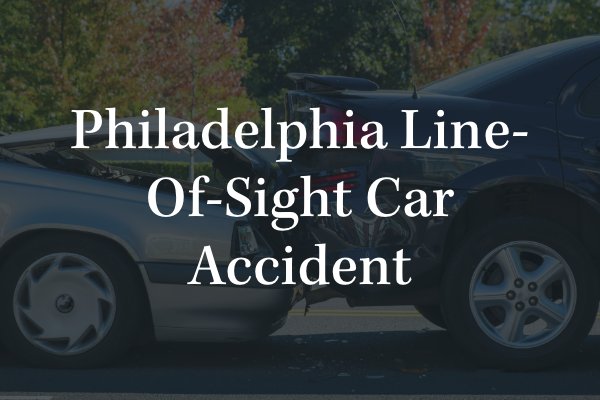Vehicle accidents and determining liability can be confusing, as there are many factors that go into how these collisions occur. Fault is not always black and white, particularly when issues such as an obstructed line of sight come into play. Here, we want to discuss what a line-of-sight car accident is and how this can affect liability for an incident.
Defining a Line-of-Sight Collision
Simply put, a line-of-sight crash can occur if the view of one or more drivers on the roadway is blocked either fully or partially. There are various types of obstructions that can block a driver’s line of sight, including a lack of property maintenance for poor roadway designs. However, these collisions are more likely to occur because of the negligence of one or more drivers.
How Line-of-Sight Crashes Occur
There are numerous types of obstructions that could make it hard for drivers to see a portion of the roadway. For example, any type of plant life near the roadway could cause an obstructed view. In many cases, trees, hedges, overgrown shrubbery, and tall grass provide enough of an obstruction to be a problem. Other types of obstructions near the roadway that could obscure a driver’s view include road signs, mailboxes, and other vehicles.
Poor roadway design can certainly obscure a driver’s view. This includes sharp inclines or hills in a certain area and sharp curves. Anytime the roadway design prevents a driver from seeing other vehicles, this constitutes a safety hazard.
Line-of-sight accidents can also occur due to the negligence of drivers. For example, if a driver stacks items inside of their vehicle high enough to obscure their view out of the windows, this is most certainly the fault of the driver. Additionally, distracted driving, such as looking at a cell phone or another object, could almost be considered a line-of-sight problem because it takes the driver’s eyes off of the roadway.
Proving Fault for a Line-of-Sight Collision
Determining liability for a line-of-sight accident can be challenging. Just because a driver’s line of sight is obstructed does not mean that the obstruction is to blame for the incident. Drivers are required to use caution when they are behind the wheel, and this includes being aware that an obstruction creates a hazard that they need to maneuver around carefully.
For example, if a driver pulls up to a stop sign and cannot see oncoming traffic to their right because of an overgrown shrub, they should not simply assume that they have the right of way and that no vehicle will hit them if they continue forward. Drivers need to move forward cautiously and check their surroundings before making a move. Blindly pulling into traffic could certainly be caused to hold the driver liable, even if their view was obstructed.
Determining liability for these incidents will involve gathering evidence. This includes taking pictures of any possible obstructions before they can be cleared away and speaking to eyewitnesses who saw what happened. An accident attorney in Philadelphia will work with a driver involved in a line-of-sight accident and help them recover compensation from at-fault parties.
